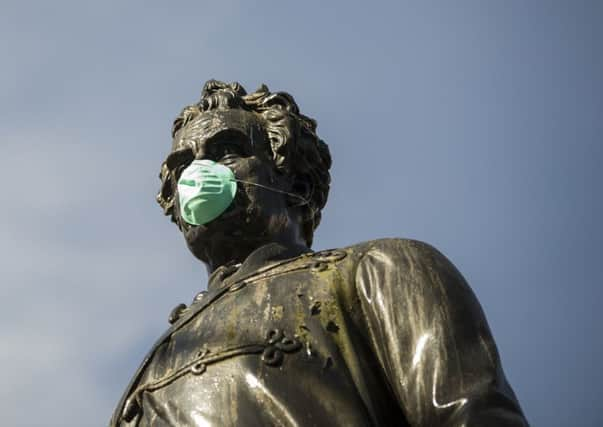Global air pollution study should shock us into action – leader comment


Anyone who was in primary school in the 1970s or before will remember how rare it was for children to have asthma.
The extraordinary growth of this debilitating and potentially life-threatening condition – particularly among children – has made it an almost accepted fact of life in the modern world. So many young children have an inhaler, it’s no longer remarkable.
Advertisement
Hide AdAdvertisement
Hide AdBut we should never accept the pollution of the air that we breathe. We should all be able to “get some fresh air”, whether we live in cities or in a remote cottage in the Highlands. Nothing is as fundamental to our health and well-being.
Asthma is a global problem, the most common non-communicable disease among children with the World Health Organisation pointing to a dramatic increase dating back to the 1950s – a time when car ownership began to rise dramatically.
Now a new study of children in 194 countries and 125 major cities has found that one in ten cases of childhood asthma could be linked to traffic fumes.
One of the scientists involved said their findings suggested that cutting air pollution “can lead to improvements in children’s health”, while also helping to tackle another global problem – climate change.
The research should add fresh impetus to the switch to electric vehicles and renewable sources of energy more generally.
But there is also growing concern about indoor air quality. The drive to make homes energy efficient – an important part of the effort to reduce emissions – has meant many modern houses are not as draughty as they once were.
This sounds like a good thing but unventilated homes are prone to damp which can lead to mould growth, which is linked to a number of diseases.
Other potential indoor hazards include carbon monoxide and nitrogen dioxide from boilers, heaters and stoves that use carbon-based fuels, volatile organic compounds from cleaning products, paints, air fresheners, carpets and laminate furniture, and gases like radon, according to government experts.
Advertisement
Hide AdAdvertisement
Hide AdSo designing homes that are both energy efficient and well ventilated would be good for us all.
Those of us around during the “good old days” when asthma still seemed rare should remember them and tell the younger generation so they know this is far from ‘normal’.
If we work together, we can look forward to the day when we are finally able to breathe easy.
